Every driver on the road today can agree on one thing: nothing is more comforting than knowing you’re well-protected. This includes car insurance. But do we understand the dynamics of our coverage?
Let’s take a closer look at a beneficial feature: stacked insurance. Specifically, we will explore how Underinsured Motorist (UIM) coverage can be stacked in Colorado and what that means for you as a policyholder.
Understanding Stacked vs. Unstacked Car Insurance
What is Stacked Car Insurance?
Stacked insurance or insurance stacking allows you to increase the limit on uninsured or underinsured motorist coverage (UIM) by combining or “stacking” the purchased coverage on multiple cars within one policy or the limits across multiple policies.
Stacked Insurance On One Policy
You can combine or stack your vehicle coverages if you have multiple vehicles listed on a single policy, and pay for UM/UIM insurance on each car, assuming your insurance company sells such coverage. Stacking enables you to pool or ‘stack’ your UIM limits for each insured vehicle under that policy. If an accident occurs, causing extensive damage, using your combined coverage on each covered vehicle affords higher financial protection.
Stacked Insurance Across Multiple Policies
Suppose you maintain separate policies with the same or different insurance carrier for each vehicle in your name. In this scenario, stacking permits using the total of all UIM coverages from the different policies to provide greater protection against potential losses from incidents involving underinsured drivers.
How Does Stacking Auto Insurance Work?
Mechanism of Stacking for Coverage
Stacking becomes a safety net when faced with harms and losses that exceed the limit of coverage provided by a single policy after a collision caused by an uninsured or underinsured motorist. It allows additional coverage from all vehicles for which UM/UIM coverage was purchased under the same or distinct policies held by the injured party. Although few people are aware of this, one can also stack the UM/UIM coverage held by relatives who reside in the same home.
Benefits of Stacking in Case of Accidents
Stacking allows you to ramp up your insurance coverage, thus potentially offering significant financial support in motor vehicle accidents.
Cost of Stacked Insurance
Obviously, one will pay more to obtain stacked coverage. These higher premium payments; however, are less than one might imagine. Therefore, a cost benefit analysis should be made. If you do not reside in Colorado, keep in mind that not all states allow such options.
Understanding Stacked and Unstacked Car Insurance
Colorado law allows UIM coverage to be stacked if this coverage is purchased for each vehicle or purchased for vehicles in separate policies. The idea is that UIM covers the insured person regardless of the vehicle the person is in at the time of the collision. If you purchase UIM coverage for several vehicles these coverages can be stacked. If you are a passenger and the driver of another vehicle causes a collision with the vehicle in which you are traveling, your UIM coverage and the UIM coverage on the vehicle in which you are a passenger, can be stacked. This would occur if the at-fault driver has inadequate liability coverage. Therefore, you would have insurance from the at-fault driver, the UIM coverage of the car you were in and your own UIM coverage.
However, insurance companies who sell insurance to each member of the family with multiple motor vehicles can get around the stacking of UM/UIM coverages by simply listing all the vehicles on one policy and selling only one UIM coverage to the family. The same tactic can be used with a single person who owns multiple vehicles.
Understanding stacked and unstacked car insurance options when purchasing insurance or making an insurance claim equips you with the knowledge you need. In Colorado, if any member of the family has UIM coverage for a specific vehicle, that UM/UIM coverage will apply to any resident family member. If the family has, for instance, three cars for which UIM coverage has been purchased, a family member who was severely injured can obtain the liability coverage of the at-fault driver and also stack all three family policies.
Will my Insurance Rates be Increased if a UM/UIM Benefit Claim is Made?
You and your families’ insurance rates in Colorado are not allowed to be increased simply because you collected against your UM/UIM coverage. The laws prohibit such increases when someone else caused the motor vehicle collision.
To determine whether you can capitalize on these potential benefits of stacked insurance coverage in Colorado, consult an experienced attorney who is well-versed in nuances concerning stacked vs. unstacked uninsured motorist coverages. Our legal team at Killian Law can help you make this determination.

